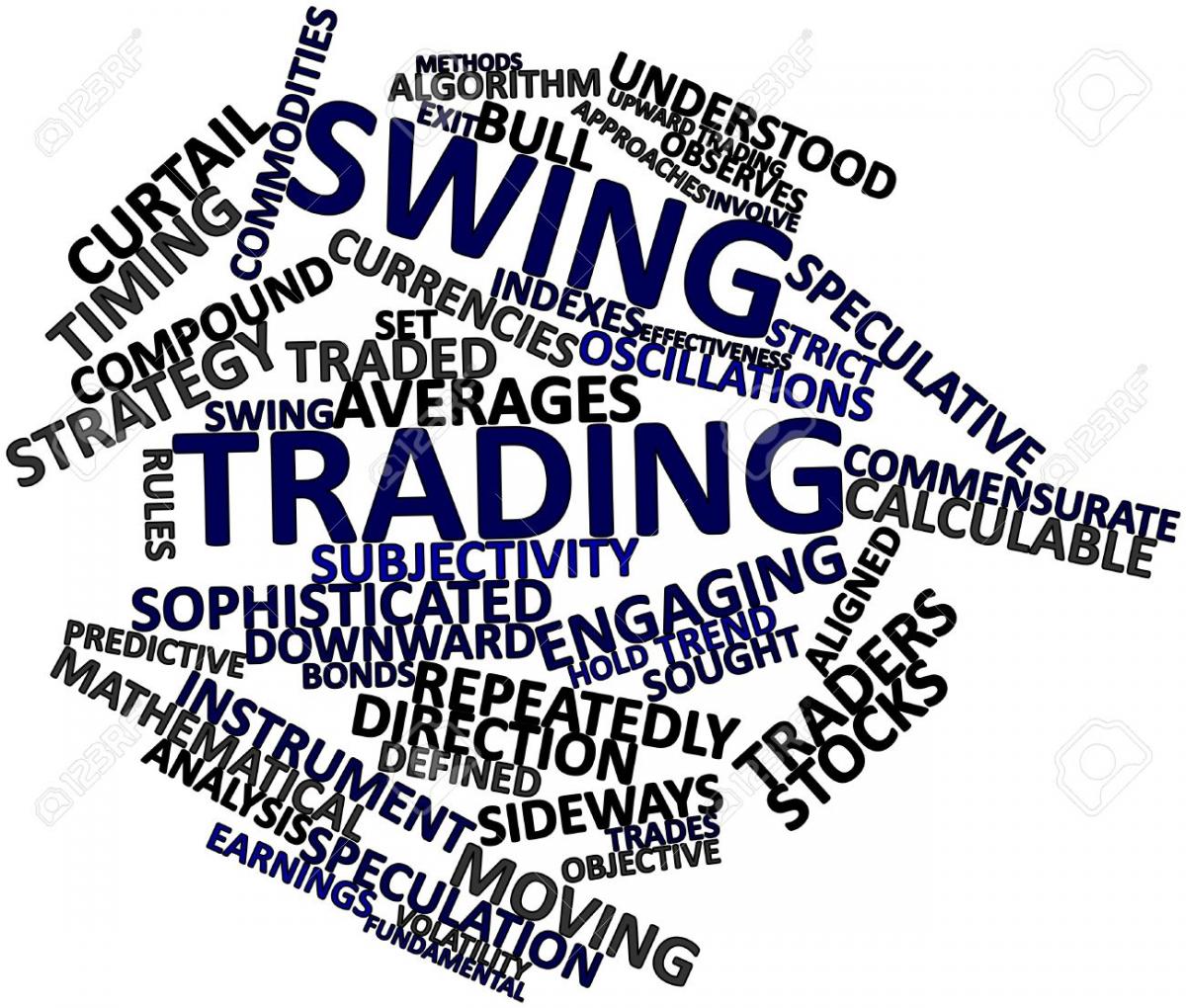 Markets move in waves known as swings in the price of the instrument. No market, for example, will trend up without having some sort of retrace in price. The best swing trading techniques will attempt to ride either the swing up in price or the swing down in price. Swing trading is a speculative activity in financial markets where a tradable asset is held for between one and several days in an effort to profit from price changes or 'swings'. A swing trading position is typically held longer than a day trading position, but shorter than buy and hold investment strategies that can be held for months or years.
Markets move in waves known as swings in the price of the instrument. No market, for example, will trend up without having some sort of retrace in price. The best swing trading techniques will attempt to ride either the swing up in price or the swing down in price. Swing trading is a speculative activity in financial markets where a tradable asset is held for between one and several days in an effort to profit from price changes or 'swings'. A swing trading position is typically held longer than a day trading position, but shorter than buy and hold investment strategies that can be held for months or years.
Swing trading in the forex market is all about capitalizing on sudden, and brief, price spikes — either higher or lower, in a currency pair. This is accomplished by spotting sudden movements that seem to indicate that emotional trading, (which is a no-no for you), is strongly pushing the price of a currency pair in one direction or another so that it will temporarily break past a typical resistance point. Swing traders use technical analysis and oftentimes, market sentiment analysis to look for currency pairs exhibiting short-term price momentum. These traders are looking to capitalize on short-term price trends and patterns instead of the usual long-term trends.
Technical analysis is often used to help traders take advantage of the current trend in a security and hopefully improve their trades. Most swing traders work with the main trend of the chart. Many times, neither a bullish nor a bearish trend is present, but the security is moving in a somewhat predictable pattern between parallel resistance and support areas. When the market moves up and then pulls back, the highest point reached before it pulls back is the resistance. As the market continues up again, the lowest point reached before it climbs back is the support. There are swing trading opportunities in this case too, with the trader taking a long position near the support area and taking a short position near the resistance area.
Needless to say, the main requisite for successful swing trading, as with trend following in general, is the correct identification of the range or trend. In doing so, the employment of both fundamental and technical analysis perhaps offers the greatest rewards, but the trader will usually choose the method that he favors the most. In either case, gaining a good understanding of the type of market experienced for a particular currency pair and formulating a defined strategy on that basis is the best course. As previously mentioned, the swing trader does not need to be precise about the entry and exit points; all he needs to do is catch the main movement, taking profit as soon as the price action runs out of speed at a point close the limits of the range identified.
Due to inherent fluctuations in many of the world's currencies, some traders develop forex swing trading strategies to benefit from crashes. People engaged in swing trading carefully analyze price charts and other data so they can see movements in the value of the assets they are considering taking a position in, and determine between the highs and lows when to act. This is all part of their trading strategy, and a swing trade can potentially be an efficient way to make a profit from the markets, as it requires less time and effort than other styles of trading.







